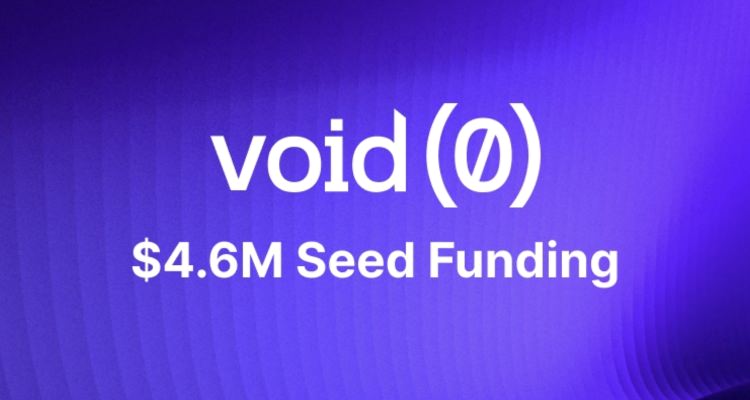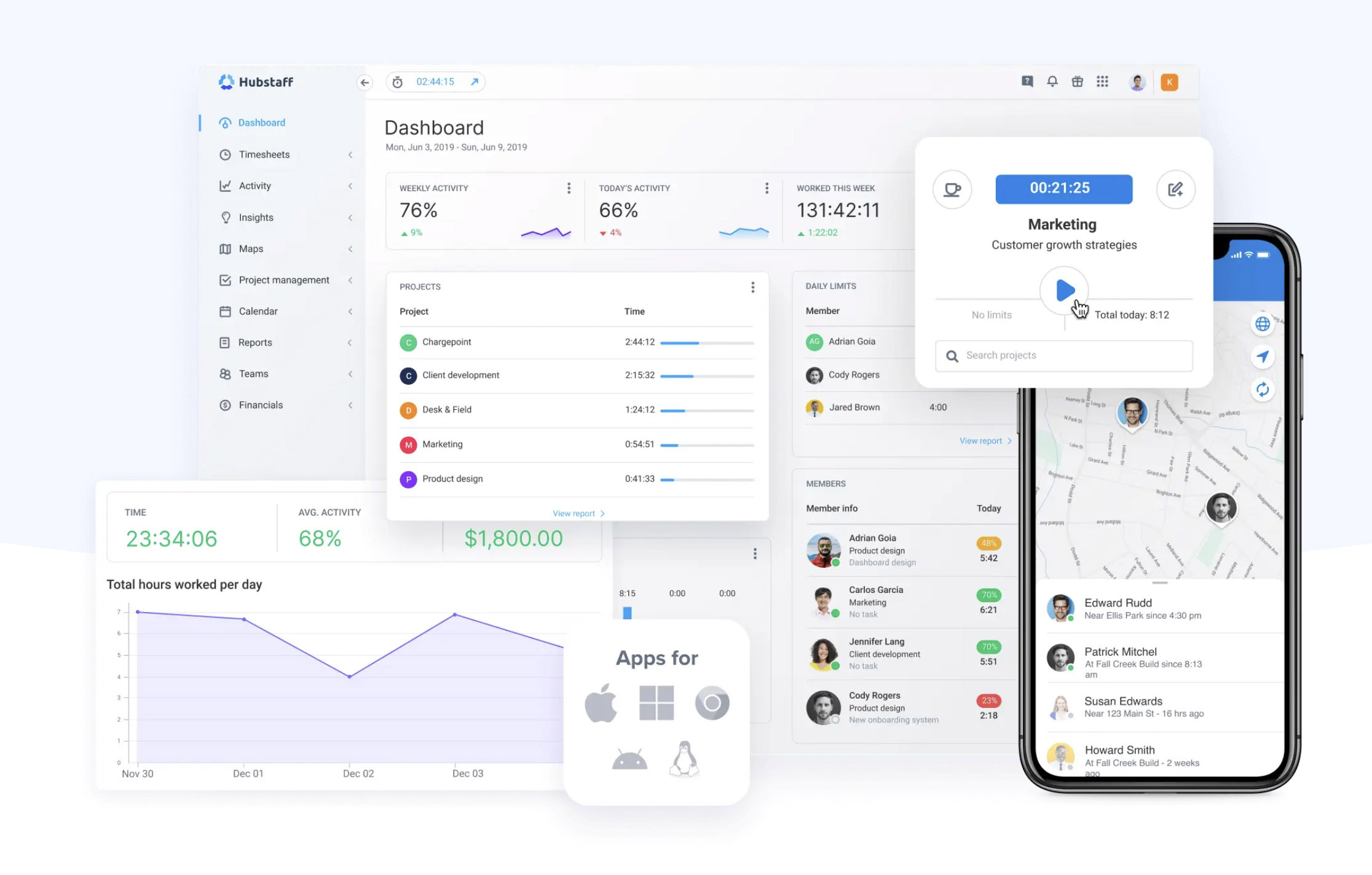When developing a Laravel application, having a reliable local development environment is as important as the code itself. A good local development environment can help you work more efficiently, test your code, and avoid potential deployment issues.
There are several tools available within the Laravel ecosystem, such as Homestead, Valet, Sail, and Herd, as well as tools outside their ecosystem like MAMP.


Each tool offers unique features and benefits, catering to different needs and workflows. In this article, we’ll compare these tools to help you choose the best one for your local Laravel development.
Homestead


Laravel Homestead is an official Vagrant box that provides a ready-to-use development environment with PHP, Nginx, MySQL, and Redis pre-installed.
Homestead runs on a virtual machine, ensuring that your development setup is consistent, no matter where you work, and does not affect configurations or other applications on your machine. Homestead also supports multiple PHP versions, making it easy to switch between them. You can configure and manage your setup using a simple Homestead.yaml file.
Homestead is a great option for developers working on projects that require a full-featured virtual machine. Otherwise, lighter options might be preferable.
Pros
- Provides a full-featured development environment out of the box
- Isolated environment prevents conflicts with other local software
- Supports multiple sites and projects
Cons
- Requires Vagrant and VirtualBox, which can be resource-intensive
- Setup can be more complex compared to other tools
Valet


Laravel Valet is a lightweight development environment designed for macOS users. It automatically sets up your Mac to run Nginx in the background and uses DnsMasq to route requests on the *.test domain to your local sites.
Though it is not intended as a replacement for more robust environments like Homestead, it offers a quick, flexible setup. It also supports a variety of other frameworks and CMSs, such as WordPress, Symfony, and Drupal, straight out of the box.
It is perfect for macOS users who prefer a fast and lightweight setup with minimal configuration.
Pros
- Lightweight and fast, with minimal resource usage
- Supports multiple PHP versions
- Seamless integration with other tools like Ngrok and Expose to share your local sites
Cons
- Limited to macOS
- Apache is not supported
- Less isolation compared to virtualized environments, which may cause conflicts with other software on your machine
Sail


Laravel Sail is a Docker-based development environment that provides a simple command-line interface for interacting with Docker.
It comes with pre-configured services like MySQL, Redis, MeiliSearch, and more, making it easy to get started with Laravel projects. Since it is based on Docker, you can easily configure your environment or add any other services that you may need but are not included by default through the compose.yml file.
It is best for developers who prefer Docker-based workflows and want an easily configurable environment.
Pros
- Consistent development environment across different platforms: Windows, macOS, and Linux
- Fast and simple CLI to start and stop projects
- Easily customizable
Cons
- Requires Docker, which can be complex for beginners
- Requires WSL to run on Windows
- Performance can be an issue on some systems
Herd


Laravel Herd is a desktop app designed to create a fast, lightweight, and user-friendly local development environment for Laravel applications. It offers a simple, zero-configuration setup and includes everything you need to get started, such as Composer, the Laravel installer, a debugger, and essential services like MySQL.
Additionally, Herd provides a seamless migration tool from Laravel Valet, and it allows you to manage different versions of Node.js and PHP. You can also manage SSL certificates and other services easily through its user-friendly interface.
A great application if you prefer ease of use with a nice UI.
Pros
- Comes as a desktop app with a user-friendly interface
- Lightning-fast since it directly includes the PHP and Composer binaries
- Node.js and SSL management
Cons
- Limited to macOS
- Full features only available in the paid version
MAMP


MAMP is a popular tool for creating a local server environment on macOS and Windows. While it’s not specifically designed for Laravel, you can configure MAMP to run Laravel applications.
It provides an easy way to set up PHP, MySQL, and Apache or Nginx, as well as other tools on your local machine. It also includes features like PHP version switching and a user-friendly interface. This makes it a convenient option for developers who want to work on Laravel projects and other PHP projects without needing to install and configure everything manually.
Suitable for those who need a cross-platform solution and work with various PHP applications outside Laravel.
Pros
- Simple and user-friendly interface
- Suitable for various PHP applications, not just Laravel
- Supports both Apache and Nginx
Cons
- Less tailored to Laravel-specific needs, so manual configuration might still be required in some cases
Conclusion
Choosing the right tool for running Laravel on localhost depends on your development needs, preferences, and operating system. Consider your specific requirements and workflow to choose the best option for your Laravel development.
The post Laravel Development Environment Compared appeared first on Hongkiat.









